Dive into Fitness
It’s important to stay active when you’re stuck inside.Staying at home for prolonged periods of time can pose a significant challenge for remaining physically active. Sedentary behaviour and low levels of physical activity can have negative effects on the health, well-being and quality of life of individuals. Self-quarantine can also cause additional stress and challenge the mental health. Physical activity and relaxation techniques can be valuable tools to help you remain calm and continue to protect your health during this time.
Warning: This guidance is intended for people in self-quarantine without
any symptoms or diagnosis of acute respiratory illness. It should not
replace medical guidance in case of any health condition.
It is recommended that 150 minutes of moderate-intensity or 75 minutes of vigorous-intensity physical activity per week, or a combination of both. These recommendations can still be achieved even at home, with no special equipment and with limited space. The following are some tips on how to stay active and reduce sedentary behaviour while at home in self-quarantine:
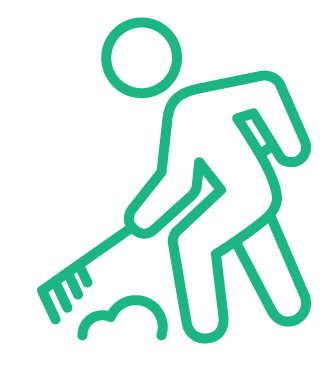
Take short active breaks during the day. Short bouts of physical activity add up to the weekly recommendations. You may use the suggested exercises below as inspiration to be active every day. Dancing, playing with children, and performing domestic chores such as cleaning and gardening are other means to stay active at home.
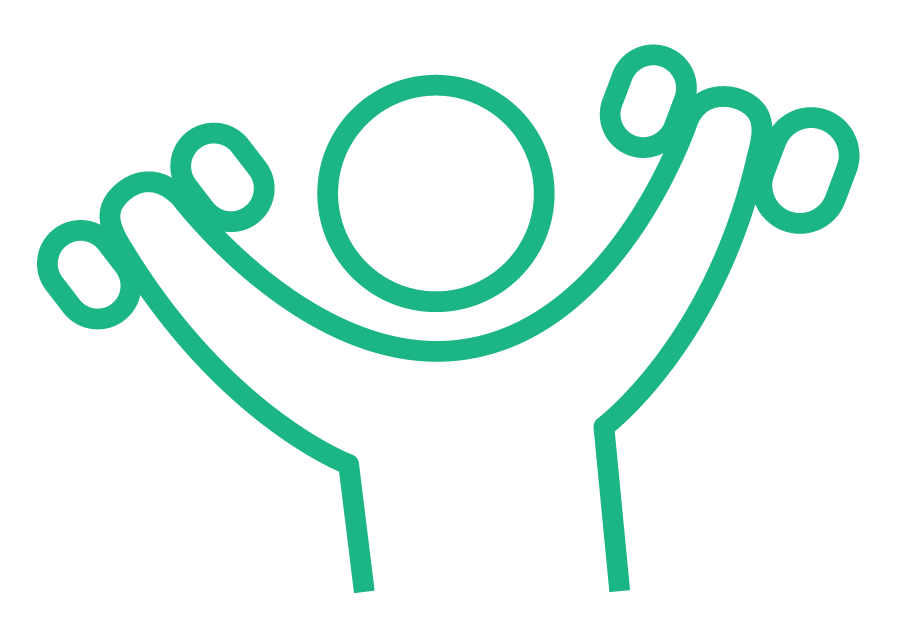
Follow an online exercise class. Take advantage of the wealth of online exercise classes. Many of these are free and can be found on YouTube. If you have no experience performing these exercises, be cautious and aware of your own limitations.
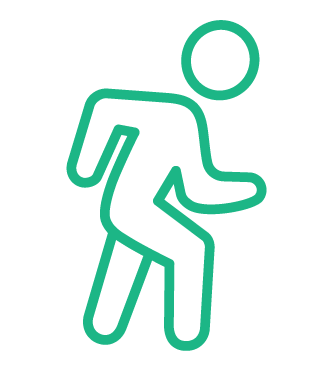
Walk. Even in small spaces, walking around or walking on the spot, can help you remain active. If you have a call, stand or walk around your home while you speak, instead of sitting down. If you decide to go outside to walk or exercise, be sure to maintain at least a 1-meter distance from other people.
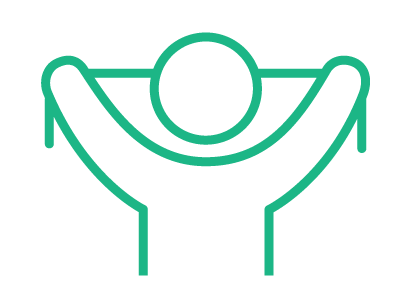
Stand up. Reduce your sedentary time by standing up whenever possible. Ideally, aim to interrupt sitting and reclining time every 30 minutes. Consider setting up a standing desk by using a high table or stacking a pile of books or other materials, to continue working while standing. During sedentary leisure time prioritize cognitively stimulating activities, such as reading, board games, and puzzles.
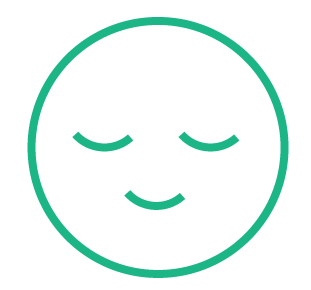
Relax. Meditation and deep breaths can help you remain calm. A few examples of relaxation techniques are available below for inspiration.

Eat healthy. For optimal health, it is also important to remember to eat healthily and stay hydrated. Drink water instead of sugar-sweetened beverages. Limit or avoid alcoholic beverages for adults and strictly avoid these in young people, and pregnant and breastfeeding women, or for other health reasons. Ensure plenty of fruits and vegetables, and limit the intake of salt, sugar and fat. Prefer whole grains rather than refined foods.
Calisthenics
Calisthenics is a great way to start exercising from home. Calisthenics is a type of exercise consisting of a variety of simple movements usually performed without weights or other equipment that are intended to increase body strength and flexibility using the weight of one's own body for resistance. Calisthenics is composed of free-arm (similar to gymnastics), aesthetics (a graceful form of dance), rhythmic (similar to ballet), folk dance, singing, marching, club-swinging and metal rod exercises.
"calisthenics is resistance training
with your own bodyweight"
- Autumn Calabrese.
We provide you with learning resources required for getting started with calisthenics training. These resources include Websites, vidoes, E-Books and PDFs. Good luck!